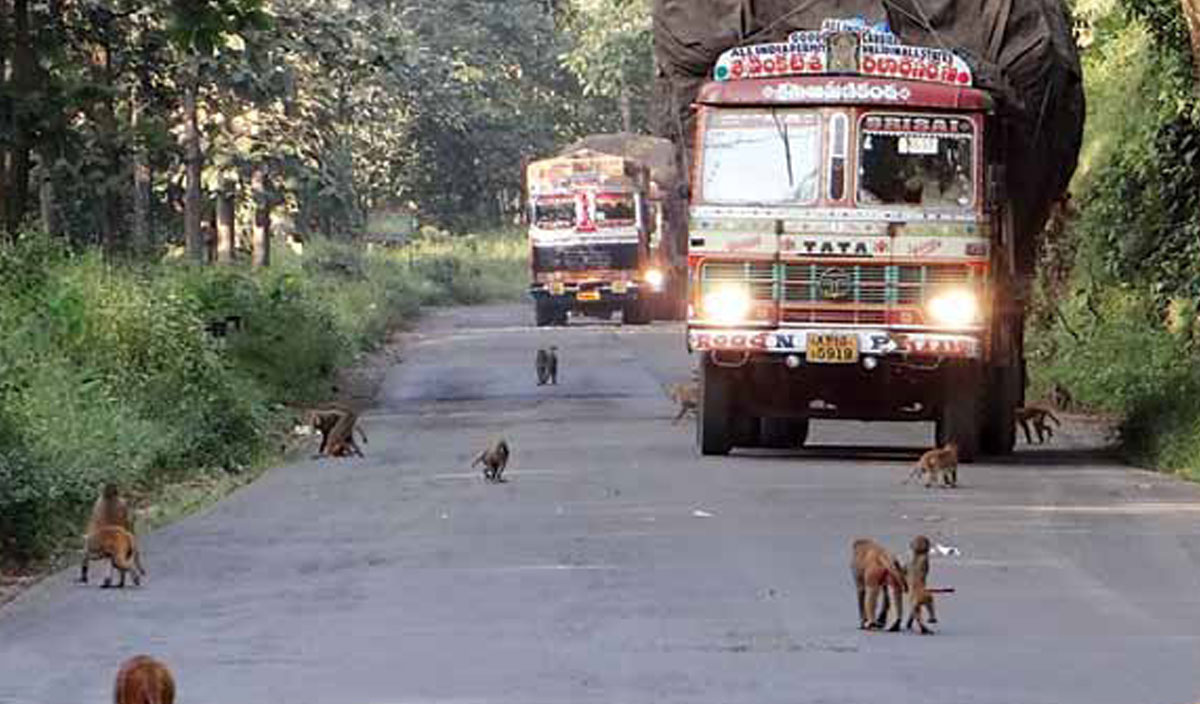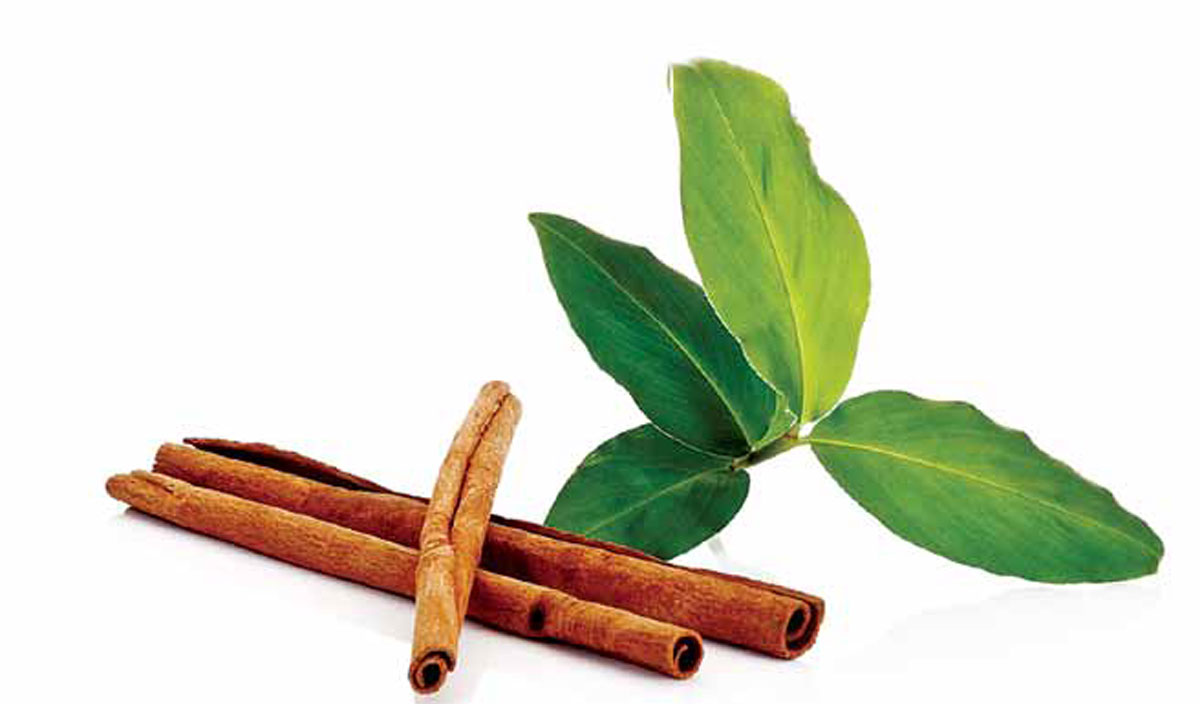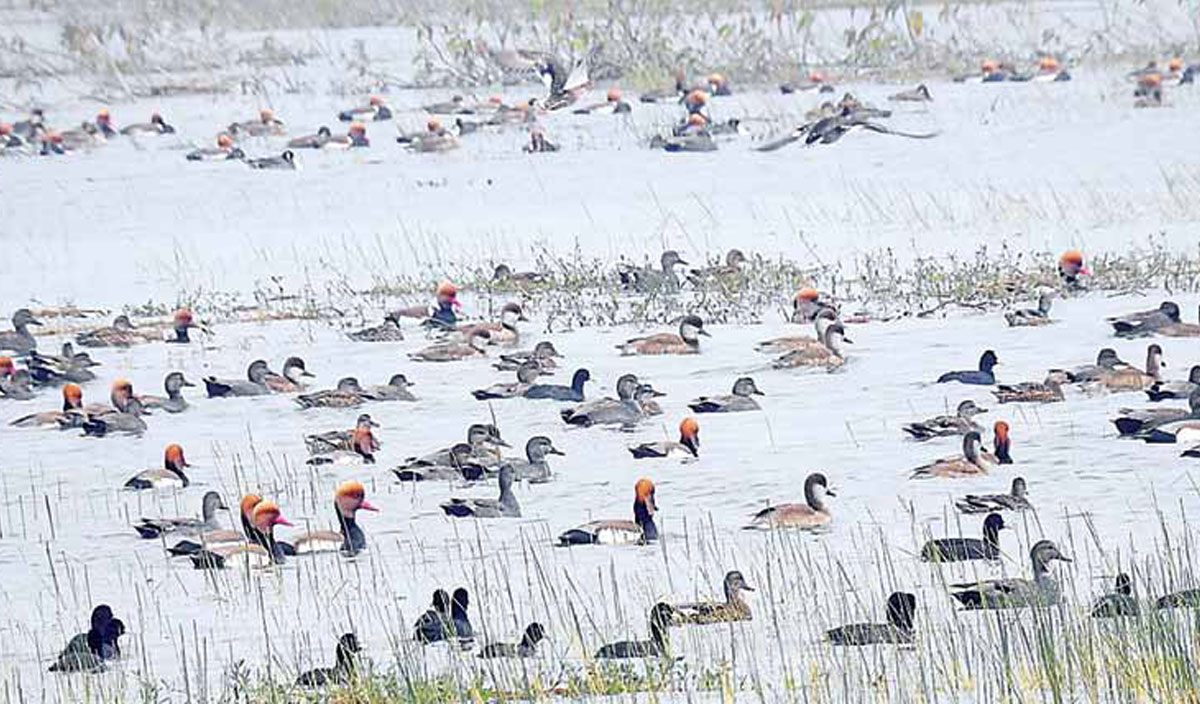
Avian diversity of Madhya Pradesh, Migration and threats
By Dr. Sangeeta Rajgir, M.Khalique
The state of Madhya Pradesh is located on the biogeographic zone of the deccanplateau of peninsula India It is no doubt bestowed with a variety of habitats and ecotones and is arbitrarily divided into malwa, bulndelkhand, baghelkhand, vindhyan and central Indian plateues. They are derained by major rivers like the tapti, sone, narmada, and Chambal. Some of Indians finest forests and vast wilderness araes are encountered in the state in the formof thorn forests .Shurbs-lands,deciduous forest, bamboo stands, wetlands habitats and few refugial remnants of once continuous evergreen forests.
About 36% of India bird species are recorded in the state and as many as 15 avian Indian endemic including one deccan peninsular endemic,as well as 24 threatened bird species ,thrive here. The wildlife in the region is protected in 1 biosphere, 9 National parks , 5 Tiger reserve ,25 wildlife sanctuaries and 1 Ramsar site.
Forests:
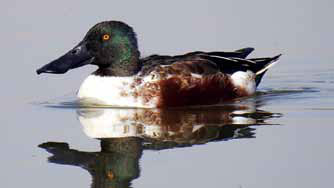 The forest are spread over 95,221.13 sq km, agriculture land over 20,26,598hectares and irrigated area cover over 53,66,400 hectres.30.9% of the state geographical areas was recorded as forest area in 1994 as per the forest department recorded ,while 25.1% of the state area and 11.4% of India’s forest cover were reported from Madhya Pradesh in 2001(MOEF,2001). forests are classified as Sub-tropical broad leaved hills forests, Tropical moist deciduous forest(50%) Tropical dry deciduous forest (49.7%) ,Tropical thorn forest (0.14%) and wetlands
The forest are spread over 95,221.13 sq km, agriculture land over 20,26,598hectares and irrigated area cover over 53,66,400 hectres.30.9% of the state geographical areas was recorded as forest area in 1994 as per the forest department recorded ,while 25.1% of the state area and 11.4% of India’s forest cover were reported from Madhya Pradesh in 2001(MOEF,2001). forests are classified as Sub-tropical broad leaved hills forests, Tropical moist deciduous forest(50%) Tropical dry deciduous forest (49.7%) ,Tropical thorn forest (0.14%) and wetlands
Biodiversity Hotspot
Amaekantak plateau , Panchamri plateau , chnadan bag of seoni , Patalkot , Garhakot-Ramna reserve , Supkhar , Plant fossils of Mandla , Bori nature reserve , Rukhad nature reserve are bestowed with a treasury of genetic resources with tropical broad leaved floral species.
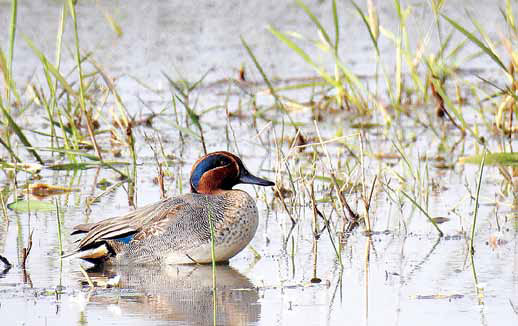
Wetlands:
Ministry of Environment and forest ,GOI has identified a few wetlands for conservation , particularly Barna Reservoir , Yashwantsagar , Ken river wetlands , National Chambal Sanctuary , Ghatigaon , Ratapani , Denwa –Tawa wetlands , Kanha tiger reserve , Sakhyasagar , Dihalia and Govindsagar. Other have proposed Gandhisagar Dam (Mandsaur), Govindhgarh (Rewa), Halali lake (Bhopal) for declaration as Ramsar sites . 7 wetlands dependent globally threatened species are listed from the state.
Avifauna of Madhya Pradesh:
469 species of birds are listed from Madhya Pradesh by Grimmet and Inskipp, 2003, while 488 species and sub species are reported from the state by K.Chandra,2006.
Migration in Madhya Pradesh:
The phenomenon of migration is highly developed in birds. Migration enables birds to inhabit two different areas at the respective seasons most favorable in each. Itinvolves movement of birds from their breeding or nesting ground to feeding or nesting place. Most of the birds species migrate between Northern hemisphere to equator, although some migration take place from east to west. It may vary from a few kilometers to several thousand kilometers.
In India most of the migration occurred in winter season. Madhya Pradesh also rich in migratory avifauna. In Madhya Pradesh a large number of species coming from Himalaya , Europe , Central asia , Palearctic region and Siberia to spend their winter quarters. A large number of ducks species as Lesser whistling duck, Spotbilled duck, Shoveller, Pintail, Ruddy shelduck , Pochards etc. are included in it. Apart of this a variety of small and large waders species as Open bill stork , Painted stork , Black necked stork, Black stork , Spoonbill , White Ibis, Glossy Ibis , Red Naped Ibis are also seen associated with migratory ducks species .Along with these migratory species some local migratory globally threatened crane species as Sarus crane , Common crane and Demoiselle crane are also existing in different areas of the state. In the Basin of Chambal River some rare and endangered species has been recorded during the winters as Greater flamingo, Spot billed pelican and Rosy pelican, Indian skimmer, Black bellied tern etc.
Various terrestrial winter migratory birds are also recorded in the state as booted warbler, Lesser white throat, Blue throat, Veriditer flycatcher, Black redstart etc. Among these species some of them are long distance flier as snipe, plovers and higher altitude fliers as Bar headed geese, across the heights of 3000m, Griffon vultures 6000m. In addition to these true winter migrants, movement of some summer and local migrating birds are also seen in the state as Asian paradise flycatcher, Eurasian golden oriole and India Pitta are come under this category.
Thus Madhya Pradesh proved to be heaven for migratory bird’s species and it has great potential of ecotourism research and nature based activity.
Threats
The potential threat to the rich biodiversity is poaching, hunting, naxalite activities, wildlife smuggling , unchecked diamond and mineral mining activities , cattle overgrazing , pressure from livestock ,grassland grazing , growing human population , over fishing , forest fires , timber and firewood collection, deforestation for urbanization and industrialization, wetland pollution from industrial cropland pesticide. there is a great potential of avifaunal diversity in the state and no proper research is done in this field so it is urgent need to conserve this avian diversity of the state.


